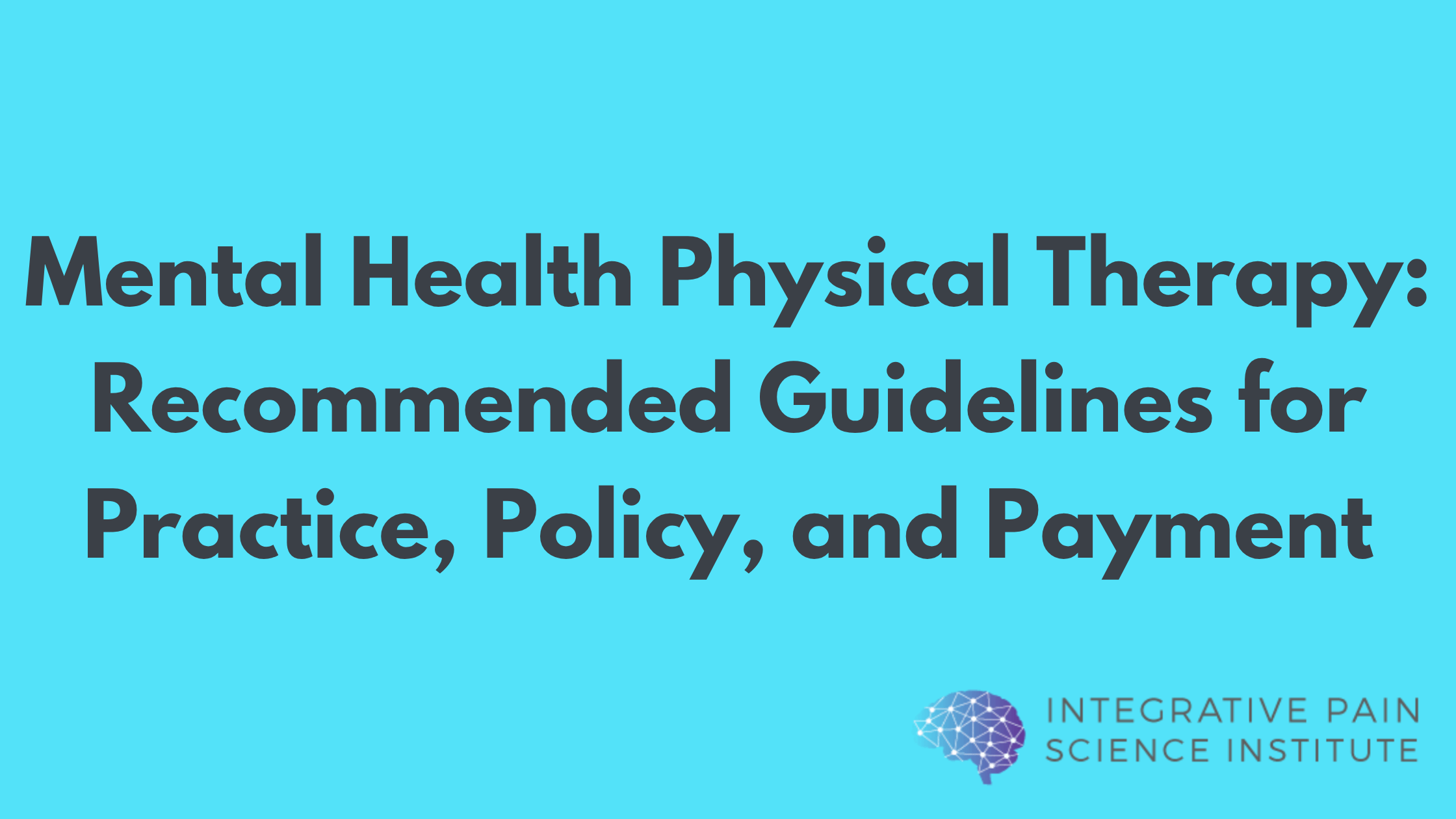Have you ever followed a gluten-free diet only to have mediocre results? When you first started your gluten-free diet you probably thought you’d found the holy grail, and soon you’d be experiencing the amazing benefits you’d heard about – but you wound up disappointed and frustrated instead.
The devil is in the details, and in this case, the devil is in a little thing called cross-reactivity. This is essentially where your immune system identifies other non-gluten proteins as the enemy because they’re similar enough to gluten in molecular structure.
Let’s dig a bit deeper to understand how cross-reactivity works, and then I’ll let you know how to address it.
What Is Cross-Reactivity?
Gliadin is the name of the protein within gluten that provokes an immune response in people who are sensitive to gluten or who have Celiac Disease. In the immune response, the body develops antibodies to attack gliadin as an unrecognized, enemy invader. This immune “attack” results in autoimmune damage to the gut, and can also damage other tissues in the body, including the thyroid (as seen in Hashimoto’s thyroiditis), joints (as seen in rheumatoid arthritis and other types of joint pain), skin (as seen in eczema and psoriasis), and other parts of the body.
The idea behind cross-reactivity is that certain proteins in other non-gluten-containing foods trigger the same immune response in the body that gluten does. As a result, the same symptoms will persist even if you’re on a gluten-free diet.
A study was conducted in the Journal of Allergy and Clinical Immunology to identify whether the ongoing symptoms in patients with Celiac Disease on a gluten-free diet were simply due to cross-contamination (meaning so-called gluten-free foods were actually contaminated with gluten), OR if there were certain foods that actually provoke a cross-reactive response when anti-gliadin antibodies are applied to them. Of the 26 foods that were tested, “significant reactivity” was observed in dairy (including cow’s milk, milk chocolate, milk butyrophilin, whey protein, and casein), as well as yeast, oats, corn, millet, instant coffee, and rice.
How to Address Cross-Reactivity
The authors of the study concluded that Celiac patients who experience ongoing symptoms despite going gluten-free should try avoiding the specific foods listed above. Even if you are not Celiac but have a confirmed gluten sensitivity and haven’t had relief from a gluten-free diet, completely eliminating these foods from your diet for three weeks to see if your symptoms improve is warranted. It also goes without saying that you should avoid gluten contamination as much as possible.
If your symptoms do resolve, you can either continue to avoid all of the “guilty suspects”, or you may choose to slowly reintroduce one food at a time to determine which foods you tolerate, and which foods cause a reaction. If you choose to reintroduce, only add one food every four days so that you can carefully monitor reactions.
What If I Don’t Address Cross-Reactivity?
If you’ve experienced complete relief from your symptoms by following a gluten-free diet, there’s no reason to avoid most of the cross-reactive foods listed above – although in my view you should always avoid dairy because it creates inflammation and is the most likely to cross-react. But if you have not gotten relief from a gluten-free diet, eliminating these foods is worth a try.
The bigger and more important question is how the anti-gliadin antibodies affect other areas of the body if left unchecked. Just as certain non-gluten foods can mimic gluten and provoke an immune response, there are certain tissues in the body that can also resemble the gluten protein. If the gluten sensitivity or cross-reactivity isn’t addressed and antibody levels remain high, there is the potential for an auto-immune reaction against other parts of the body, including the thyroid, liver, pancreas, muscle, and brain.
Conclusion, and a Caveat
The study cited above was conducted by Cyrex Labs, the clinical testing laboratory that developed the cross-reactivity testing. More evidence-based research is needed in this area to fully understand cross-reactivity. But the bottom line is that if you’re plagued by symptoms that persist even after eliminating gluten (and taking precautions against even trace amounts of contamination), it’s worth eliminating these other possibly cross-reactive foods to see if your symptoms improve. An elimination diet is the gold-standard regarding testing for food allergy and intolerance.
On a final note, eliminating foods can, of course, lead you wondering “what can I eat?” Fortunately, I’ve got a great resource for you!
Download your Healing Foods Checklist and Shopping Guide now!
In health,
Dr. Joe Tatta, DPT, CCN
References



